Unexpected Modernism

Pioneering architects Samuel G. and William B. Wiener have been one of Shreveport’s hidden treasures. “Unexpected Modernism,” an upcoming documentary on the Wiener brothers, will shine a light on their work in Shreveport and their impact on the world of architecture.
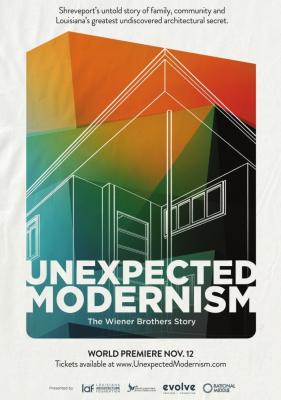 “Unexpected Modernism” is a production of Rational Middle Media, Gregory Kallenberg’s award-winning documentary filmmaking company. Kallenberg said that when he discovered how the Wiener brothers’ story had been lost to history, he was glad to help bring it back.
“Unexpected Modernism” is a production of Rational Middle Media, Gregory Kallenberg’s award-winning documentary filmmaking company. Kallenberg said that when he discovered how the Wiener brothers’ story had been lost to history, he was glad to help bring it back.
“These two men were among the first to bring post-modern architecture to the United States,” he said in announcing the film. “Shreveport, La., was one of the first places in the country to have post-modern architecture. Not only that, but the density of buildings that were designed by these two men is one of the densest collections of post-modern architecture in the country. These people who had done this had gotten lost in the history books until today.”
The Louisiana Architecture Foundation, in partnership with the North Louisiana Jewish Federation and Kallenberg, will present a virtual world premiere of the documentary Thursday, Nov. 12. The event will include the film’s screening, special guest appearances and a post-film panel discussion featuring architecture luminaries. Tickets are available at www.UnexpectedModernism.com.
‘We are extremely excited about the prospect of doing the world premiere of ‘Unexpected Modernism,’ online,” Kallenberg said. “The idea of a global audience getting to discover the work of these two architectural geniuses creating structures in this unlikely place is why we made this incredibly important film.”
Mischa Farrell and Stacy Pfingsten of the Louisiana Architecture Foundation approached Kallenberg in 2017 about making the film. They were inspired by films they saw at the Architecture and Design Film Festival in New Orleans Farrell said she was familiar with the Wiener family and some of the buildings before getting involved with the documentary. But she said she learned a lot along the way as well.
“They went to Europe separately, but the ideas of the modernist architects inspired them,” she said. “They were trying to create a more egalitarian architecture, one that you didn’t have to be wealthy to afford. So they were shedding detail and starting to make these clean lines. They came back and had the support of their family and the community. Thus, the modern buildings in Shreveport.”
Kallenberg’s vision for the documentary is to not only illuminate the Wiener brothers’ place in Shreveport history but their place in architecture history at large.
“We are going to be marching this documentary out to the world,” he said. “As important as it is for us to have this event here, we are sending it out to bring people back to Shreveport.”
Chris Coe is an architect, an educator and the owner of a Wiener home in Shreveport. He said the Wiener brothers left an indelible mark on the industry.
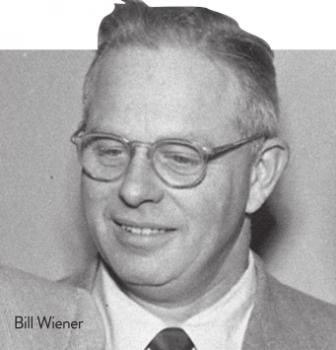 “Samuel and
William Wiener were by far the most prolific and celebrated architects
in Shreveport,” Coe said. “Their buildings were also well known around
the country and the world.”
“Samuel and
William Wiener were by far the most prolific and celebrated architects
in Shreveport,” Coe said. “Their buildings were also well known around
the country and the world.”
Coe said a building designed by Sam Wiener for Shreveport’s city is featured in the book “The International Style.” Published in 1932 by the Museum of Modern Art, the book is still in print today. Coe said it still is used in architecture schools around the world.
Coe said “Unexpected Modernism” not only celebrates the Wiener brothers but the city as well.
“This is the story of Shreveport during a time when its leaders and its citizens looked to the future and fostered the creation of a remarkable collection of architecture that reflected a spirit of optimism and community … something we are in dire need of today.”
Many in Shreveport might be discovering the Wiener brothers with this documentary. Others have learned about the Wiener brothers along the way.
Melanie Johnson knew nothing about the Wiener brothers when she was growing up in Shreveport. All she knew was that there was a house down the street from hers that she loved.
“It was like a Monopoly piece,” she said. “I always loved this house as a child.”
Years later, she bought that house of her childhood dreams. That’s when she began to discover what she really had.
“One day, I was working on it, and an old man came up and said he was the builder for Sam Wiener,” Johnson said. “At the time, I didn’t know who Wiener was, and I didn’t care.”
Johnson sold the Wiener house a couple of years ago. Still a fan of modernism, she has moved into a “super-cool” log cabin with a modern exterior on her family farm. Two Sam Wiener watercolors – gifts from one of her clients – hang in the cabin.
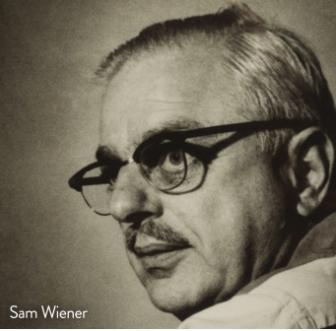 “I
loved my house,” she said. “I love modern. The house is just so clean
on the inside. I left it clean on the inside. I emptied my house and
took everything out to the farm. I felt that after I took it all away,
it actually enhanced the beauty of the house. It’s very simple,
immaculate lines, not all this built-in stuff. I think it’s beautiful.
Simple, clean living.”
“I
loved my house,” she said. “I love modern. The house is just so clean
on the inside. I left it clean on the inside. I emptied my house and
took everything out to the farm. I felt that after I took it all away,
it actually enhanced the beauty of the house. It’s very simple,
immaculate lines, not all this built-in stuff. I think it’s beautiful.
Simple, clean living.”
Jeff Spikes was an architecture intern when he arrived in Shreveport in 2001. He said he did not know about the Wiener brothers until he started working on some of their original buildings.
“For the most part, I’ve only studied the Wiener structures I’ve been tasked to work on,” Spikes said. “This includes two residences and the Fairfield building. I became quite fond of all of their works that I’ve been able to work on.”
Spikes does not consider himself an expert on the Wiener style, but he does find inspiration in their work.
“I have used many elements in their works as a justification for the design on several of my favorite buildings I’ve been able to get built here,” he said. “I feel their works are very important to the design fabric that holds our town together. A lot of people don’t know the story or their significance, and it’s an important story to tell. Even if the people driving by don’t know why it looks so right for a structure to have their (the Wiener brothers’) vibe until they’re told. Good design is intrinsic and normally makes people happy without them knowing it.”
Spikes called the Wiener legacy one of Shreveport’s hidden treasures. He also said that raising awareness of who the Wieners were and their work, as “Unexpected Modernism” does, is imperative to maintaining that legacy.
“When you compare the size and locale of our town to other areas of our country with such a cluster of mid-century modern works, we are really sitting on a rare gem,” Spikes said. “The significance is currently lost for the most part on many Shreveport and Bossier City residents with the capital to buy and or build their own homes.
“It’s quite vexing that we had this heyday of groundbreaking mid-century modern home construction in our region that eventually fizzled and succumbed to first the ranch homes of the ’70s and ’80s, and now this imitation of some giant fantasy faux-cadian villa that the general public assumes is authentic Louisiana homes,” Spikes added.
“Somewhere in this country, sooner or later, modern homes are going to take off,” Spikes said. “With Shreveport sitting on such a rich modern heritage, it might as well be here. Until everyone in our community knows about and is prideful of that modern legacy, the importance of preserving and celebrating the Weiner Brothers’ work is paramount.”
This project has been made possible by supporting grants and sponsors, including the Evolve Foundation and the North Louisiana Jewish Federation. The Jewish Federation has been especially vocal and supportive of the film, as it shines a light not only on the Wieners’ innovation in architecture but also on their influential contributions as members of north Louisiana’s Jewish community.
For more information on LAF, visit louisianaarchitecture.org.
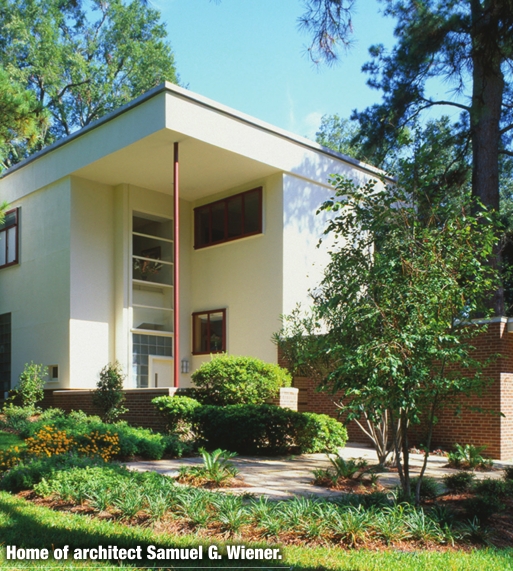
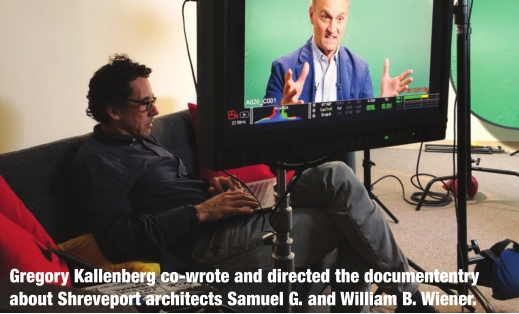
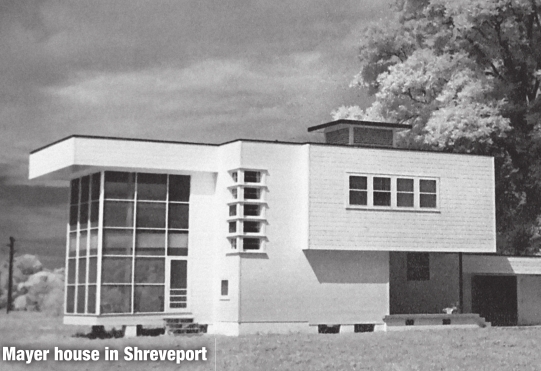
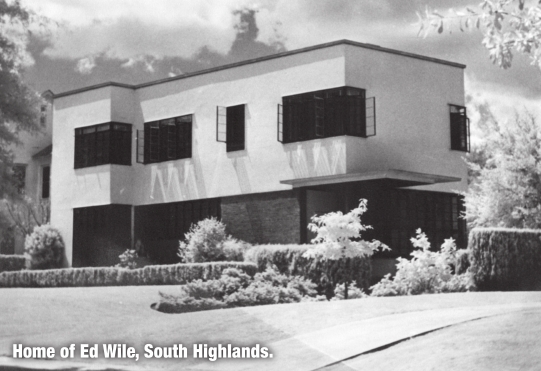
Filmmaker Biographies

GREGORY KALLENBERG
Director, Writer Gregory is an award-winning documentary filmmaker from Shreveport. Most recently, he directed and produced “The Rational Middle of Immigration,” an acclaimed series of short films shining a light on immigration in America. He is also the director of “The Long Game,” a series documenting the massive energy development in West Texas and the impact of the energy sources on the local population and the environment. He also directed the award-winning “Haynesville: A Nation’s Hunt for an Energy Future.” Kallenberg is the Louisiana Endowment of the Humanities’ 2019 “Champion of Culture” and is a former journalist.
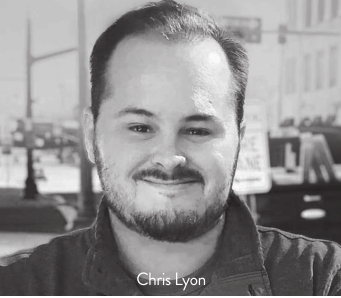
CHRIS LYON
Producer, Writer Chris is a filmmaker who has called Shreveport home for over 25 years. He and Kallenberg have been collaborating on documentary projects since 2008 with the film “Haynesville,” which followed the natural gas discovery in northwest Louisiana. He also produced the short film series “Shape of Shreveport” in 2015, which featured insights into Shreveport’s history. Currently, Lyon is producing a second season of “Rational Middle of Immigration” and “The Long Game” with Kallenberg and“Class Action Park,” a documentary on the most dangerous water park in the world.
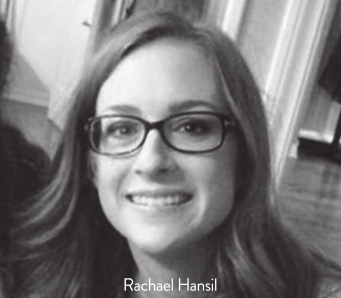
RACHAEL HANSIL
Producer Hansil has worked on a variety of reality and documentarystyle productions including shows for broadcast and streaming channels such as Netflix’s “Fastest Car.”She has worked with Kallenberg and Lyon on “Rational Middle of Immigration.” Her experience in managing workflows and personnel ensures the trains leave the station on time and that the creative minds have the freedom and tools to execute their vision on-screen.
